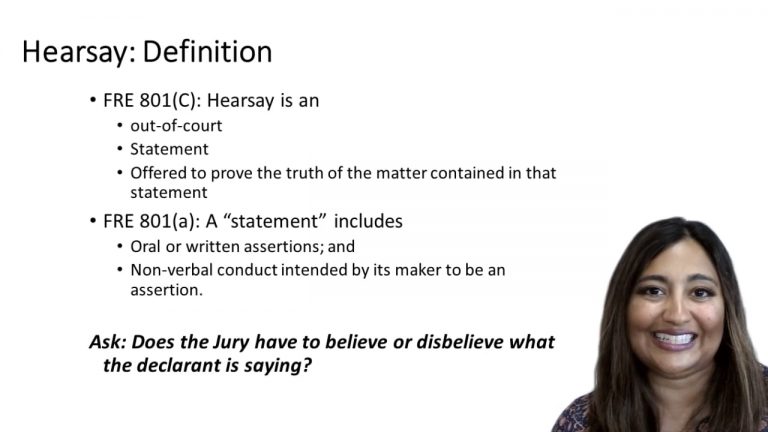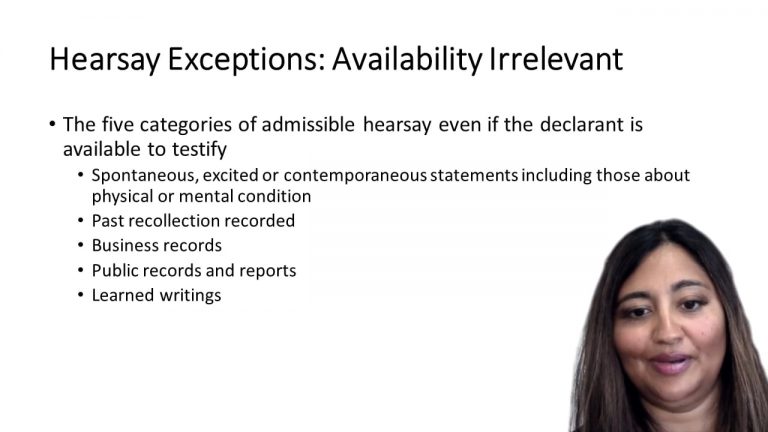SmartBrief
Confirm favorite deletion?
Evidence Keyed to Sklansky
United States v. Salerno
Citation:
505 U.S. 317 (1992)Facts
The defendants were alleged to have taken part in the criminal activities of a mafia family in New York. The defendants allegedly participated in a range of organized crimes. Much of the prosecution’s case concerned the affairs of the Cedar Park Concrete Construction Corporation (Cedar Park). Two of the owners of Cedar Park, testified before the grand jury that neither they nor Cedar Park participated in criminal activity.
At trial, the defendants called these witnesses to the stand. However, both of these witnesses invoked their Fifth Amendment privilege against self-incrimination. After both witnesses invoked their right to remain silent, the defendants attempted to introduce their previous testimony to. the grand jury under Federal Rule 804(b)(1). The district court rejected the evidence, arguing that Rule 804(b)(1) permits admission of former testimony against a party at rial only when that party had a similar motive to develop the testimony by direct, cross, or redirect examination. The district court reasoned that the United States did not have a similar motive because the motive of a prosecutor in questioning a witness before the grand jury is far different than the motive of a prosecutor during trial.
Only StudyBuddy Pro offers the complete Case Brief Anatomy*
Access the most important case brief elements for optimal case understanding.
*Case Brief Anatomy includes: Brief Prologue, Complete Case Brief, Brief Epilogue
- The Brief Prologue provides necessary case brief introductory information and includes:
Topic:
Identifies the topic of law and where this case fits within your course outline.Parties:
Identifies the cast of characters involved in the case.Procedural Posture & History:
Shares the case history with how lower courts have ruled on the matter.Case Key Terms, Acts, Doctrines, etc.:
A case specific Legal Term Dictionary.Case Doctrines, Acts, Statutes, Amendments and Treatises:
Identifies and Defines Legal Authority used in this case.
- The Case Brief is the complete case summarized and authored in the traditional Law School I.R.A.C. format. The Pro case brief includes:
Brief Facts:
A Synopsis of the Facts of the case.Rule of Law:
Identifies the Legal Principle the Court used in deciding the case.Facts:
What are the factual circumstances that gave rise to the civil or criminal case? What is the relationship of the Parties that are involved in the case.Issue(s):
Lists the Questions of Law that are raised by the Facts of the case.Holding:
Shares the Court's answer to the legal questions raised in the issue.Concurring / Dissenting Opinions:
Includes valuable concurring or dissenting opinions and their key points.Reasoning and Analysis:
Identifies the chain of argument(s) which led the judges to rule as they did.
- The Brief Prologue closes the case brief with important forward-looking discussion and includes:
Policy:
Identifies the Policy if any that has been established by the case.Court Direction:
Shares where the Court went from here for this case.
Topic Resources
Topic Videos
 12m 52s
12m 52s 16m 35s
16m 35sTopic Outline
Topic Charts & Notes

